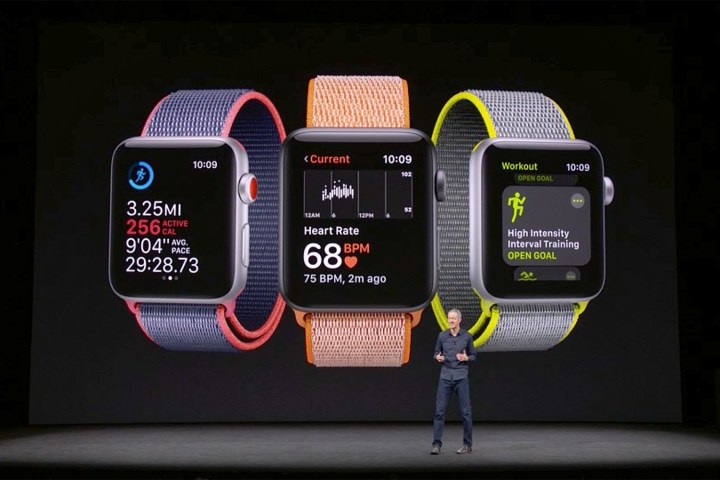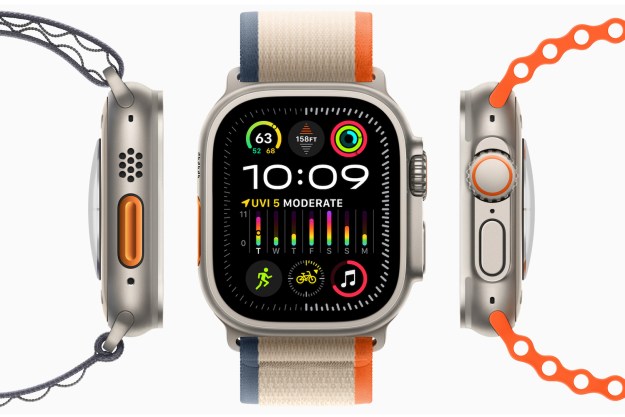
Apple could be shaping up to take more of its technology creation in-house, if rumors based on a recent job listing are to be believed.
Health sensors have become a large part of Apple’s hardware over the last few years. The Apple Watch Series 3 comes with an optical heart-rate sensor built in, as well as a particularly impressive suite of fitness tracking tools, while the iPhone’s Health app was perhaps a little too helpful when it was first released. Back in 2017, Apple proved it was serious about filling out its fitness chops when it acquired Beddit, a successful sleep-tracking app.
It’s common with this sort of health-tracking to have a specialized processor dedicated only to the task of monitoring heart rates and other data — otherwise known as an “application-specific integrated circuit”, or “ASIC”. This chip takes the load off of the main chip, leaving the main processor to power other parts of the device.
Apple has previously bought these chips from a third-party supplier, rather than creating its own — having purchased ASICs from Broadcom for the Apple Watch Series 3. However, it seems Apple is ready to commit itself to further health-related features by bringing the construction of these dedicated processor chips in-house.
The job listing in question, posted on July 10, is for a Sensor ASIC Architect to work with Apple’s Health Sensing Hardware team. This role is centered around “develop[ing] ASICS for new Sensors and Sensing Systems for future Apple products” — making it seem pretty clear that Apple is looking to bring this particular part of the Apple Watch under their own manufacturers.
There are a few advantages to such a move. By developing and manufacturing its own specific chip for health monitoring, Apple would be able to wed the hardware and software together in a much more intimate fashion, increasing efficiency. In addition, it would also shore up Apple’s defenses against imitators, as the chip would be able to be patented as Apple’s own hardware, rather than being open to other companies — as a third party’s tech would be.
Most excitingly, this development could be an advancement of a story from April 2017 that claimed Apple was working on the so-called “holy grail” of life sciences — noninvasive technology that could monitor blood glucose levels constantly.
Editors' Recommendations
- Apple may stop updating one of its best Apple Watches this year
- The 6 best Apple Watch alternatives, now that it’s banned
- The Apple Watch could get two amazing health features next year
- The iPhone 15 Pro’s Action button has a serious flaw
- 10 colors I wish Apple made for the iPhone 15 and iPhone 15 Pro


